Home>Interior Design>Why Are People Covering Their Bedroom Mirrors Overnight?


Interior Design
Why Are People Covering Their Bedroom Mirrors Overnight?
Modified: January 19, 2024
Discover the latest trend in interior design as people cover their bedroom mirrors overnight. Find out the reasons behind this intriguing practice and its impact on the overall aesthetic.
(Many of the links in this article redirect to a specific reviewed product. Your purchase of these products through affiliate links helps to generate commission for Storables.com, at no extra cost. Learn more)
Introduction
The act of covering bedroom mirrors overnight has gained popularity in recent years, sparking curiosity and intrigue. Many people have adopted this practice, but the reasoning behind it may vary. While some may dismiss it as an old wives’ tale or superstition, there are actually several beliefs and theories behind this intriguing habit.
In this article, we will explore the various reasons why people choose to cover their bedroom mirrors overnight. From ancient cultural beliefs to modern interpretations, we will delve into the different perspectives that shed light on this curious phenomenon. So let’s embark on this exploration and discover the intriguing world of mirror covering.
Key Takeaways:
- Embracing the practice of covering bedroom mirrors offers individuals a sense of protection, tranquility, and personalization in their sleep environment, reflecting diverse beliefs and cultural traditions.
- Whether rooted in spiritual beliefs, energy concerns, or psychological factors, the act of covering bedroom mirrors is a personal choice that allows individuals to create a restful and nurturing space aligned with their needs and experiences.
Read more: Where To Put Mirrors In Bedroom
The Belief behind Covering Bedroom Mirrors
The act of covering bedroom mirrors is rooted in various beliefs and cultural practices. While these beliefs may differ across cultures and regions, the underlying notion is often linked to protection and energy preservation.
One belief is that mirrors have the power to attract spirits and supernatural entities during the night. It is believed that these entities can enter our world through mirrors, and by covering them, we create a barrier that prevents their entry into the bedroom. This belief is particularly prevalent in folklore and ghost stories, where mirrors are considered portals for otherworldly beings.
Another belief is that mirrors have the ability to drain energy or disrupt sleep. Some people claim to experience restlessness or have trouble sleeping when there is an uncovered mirror in their bedroom. By covering the mirror, they believe that they can create a more peaceful and restful environment, free from potential energy disturbances.
Psychoanalytic theories also contribute to the belief behind covering bedroom mirrors. According to Freudian psychology, mirrors are associated with the concept of the self and introspection. Some individuals may feel uncomfortable or disturbed by their reflection, especially when facing personal challenges or feeling vulnerable. By covering the mirror, they can temporarily avoid this self-confrontation and find solace in a more secluded and protected space.
It’s important to note that these beliefs are deeply ingrained in certain cultures and traditions, passed down through generations. However, with the rise of individual interpretation and exploration, the reasons for covering bedroom mirrors have evolved to encompass a wider range of perspectives.
Protection from Spirits and Supernatural Entities
One of the prevailing beliefs behind covering bedroom mirrors is the protection it offers against spirits and supernatural entities. Throughout history, mirrors have been associated with the belief that they can serve as gateways for otherworldly beings to enter our realm.
In many folklore and paranormal stories, it is believed that spirits can use mirrors as a portal to cross over from their dimension into ours. By covering the mirrors, individuals aim to create a physical barrier that prevents these entities from gaining access to their bedrooms. This act is especially common among those who believe in the existence of ghosts, demons, or other supernatural beings.
Additionally, some cultures and spiritual practices attribute particular significance to mirrors. For example, in Feng Shui, a traditional Chinese practice that focuses on harmonizing energy flow, it is believed that mirrors have the ability to reflect and amplify energies. Therefore, when used incorrectly or left uncovered, they can potentially attract negative or stagnant energies into the sleeping space. By covering mirrors, individuals seek to protect themselves from such undesirable energies.
While the belief in spirits and supernatural entities may not be universally shared, those who adhere to such beliefs find comfort and a sense of security in covering their mirrors. It provides them with a tangible act of protection and a belief that they are safeguarding themselves from potentially malevolent forces during the vulnerable hours of sleep.
It’s important to note that the act of covering mirrors for protection from spirits and supernatural entities is rooted in personal beliefs and cultural traditions. It may not be supported by scientific evidence or embraced by everyone, but it holds significance and meaning for those who practice it.
Preventing Energy Drain and Sleep Disturbances
Another belief behind the practice of covering bedroom mirrors is the prevention of energy drain and sleep disturbances. It is believed that uncovered mirrors can disrupt the energy flow within a space, potentially leading to feelings of restlessness and sleep disturbances.
According to some spiritual and metaphysical practices, mirrors have the ability to reflect and amplify energies. When left uncovered, they can become conduits for energy exchange, which some individuals believe may interfere with the peaceful and restorative process of sleep. The theory suggests that covering the mirror creates a barrier that prevents this energy exchange, allowing for a more undisturbed sleeping environment.
Furthermore, some people feel that their own energy is drained or depleted when their reflection is visible while they sleep. They may experience a sense of unease or even a feeling of being watched, which can disrupt their ability to relax and fall asleep. By covering the mirror, they create a sense of privacy and security, alleviating these concerns and promoting a more conducive sleep environment.
Psychologically, the act of covering the mirror can also have a calming effect. Some individuals may associate a covered mirror with a sense of closure, signaling the end of the day and a transition into a state of relaxation. This ritualistic act can help to create a boundary between the waking world and the realm of sleep, allowing individuals to disconnect from the external stresses and distractions that may hinder their ability to find restful sleep.
It’s important to emphasize that these beliefs surrounding energy drain and sleep disturbances are subjective and dependent on individual experiences. While scientific evidence may not support these claims, the perception and belief that covering mirrors can enhance sleep quality and prevent energy disruptions resonate with many individuals.
Whether based on spiritual beliefs or personal experiences, the act of covering mirrors for the purpose of preventing energy drain and sleep disturbances offers a sense of control and a means to create a more tranquil and rejuvenating sleep environment.
Psychological Reasons for Covering Mirrors
In addition to spiritual and energy-related beliefs, there are psychological reasons behind the practice of covering mirrors in the bedroom. These reasons stem from individuals’ unique experiences, emotions, and interpretations of their reflections.
One psychological reason is the avoidance of self-confrontation. Mirrors have long been associated with self-perception and self-reflection. Facing one’s own image can evoke a range of emotions and self-evaluation, which can be particularly challenging during vulnerable times, such as before sleep. Some individuals may find it uncomfortable or even unsettling to have a constant visual reminder of themselves in their bedroom while trying to relax and unwind. By covering the mirror, they create a sense of temporary relief from self-scrutiny and self-judgment.
Furthermore, particular life events or personal circumstances can influence the desire to cover mirrors. For example, individuals going through a difficult period, such as a breakup or the loss of a loved one, may find it emotionally soothing to temporarily shield themselves from their reflections. Covering the mirror can provide a sense of solace and protect their emotional well-being by minimizing reminders of the pain or grief they are experiencing.
Another psychological reason is the need for a safe and secure space. The bedroom is often considered a sanctuary, a place where individuals seek comfort, relaxation, and privacy. For some, the presence of an uncovered mirror may disrupt the perceived safety and privacy of this space. By covering the mirror, individuals create a sense of enclosure, nurturing a feeling of being protected and shielded from potentially prying eyes or intrusive thoughts.
It’s important to note that these psychological reasons for covering mirrors are deeply personal and can vary from individual to individual. While some may find solace in a covered mirror, others may not resonate with this practice at all. The act of covering the mirror in the bedroom serves as a coping mechanism for those who seek a sense of comfort, security, and emotional well-being.
Ultimately, whether driven by spiritual beliefs, energy concerns, or psychological factors, covering bedroom mirrors is a personal choice that allows individuals to create a space that aligns with their needs and experiences.
Covering bedroom mirrors overnight can help some people sleep better by reducing anxiety and promoting a sense of security. It can also prevent distractions from reflections and light, creating a more restful environment.
Historical and Cultural Practices of Mirror Covering
The practice of covering mirrors in the bedroom has a rich history and is deeply rooted in various cultures around the world. These cultural practices shed light on the diverse reasons behind this age-old tradition.
In some ancient cultures, covering mirrors was believed to protect against evil spirits and malevolent forces. For example, in ancient Rome, it was customary to cover mirrors during times of mourning to prevent the deceased person’s spirit from getting trapped within the reflective surface. Similarly, in certain Southeast Asian cultures, covering mirrors in the bedroom was believed to protect against spiritual attacks and unwanted influences during sleep.
In parts of Europe, mirror-covering rituals were incorporated into wedding ceremonies. It was believed that uncovered mirrors could attract evil spirits and bring bad luck to the newlyweds. By covering the mirrors in the marital bedroom, couples sought to ensure a harmonious and prosperous union.
Mirror-covering practices also have a place in certain religious and spiritual traditions. For example, in Judaism, it is customary to cover mirrors in the house of a deceased loved one during the period of mourning. This is done to focus one’s attention on the grieving process without the distractions of self-reflection. Similarly, in some Buddhist temples, mirrors are covered to limit distractions and foster a sense of inner reflection during meditation.
Throughout history, mirrors have been associated with vanity and temptation. In response to this belief, some cultures have practiced the covering of mirrors to discourage excessive self-admiration and promote humility. Additionally, in some folklore and superstitions, mirrors are viewed as portals for negative energy or spirits. By covering mirrors, individuals sought to protect themselves from these perceived dangers and maintain a sense of spiritual well-being.
While these historical and cultural practices of mirror covering may vary across regions and beliefs, they all reflect a common thread of using the act as a means of protection, respect, and spiritual or psychological well-being.
It is fascinating to observe how mirror-covering traditions have evolved and adapted over time, integrating into various cultural customs and personal beliefs. These practices not only offer insight into the diverse perspectives on mirrors, but also highlight the significance of creating a sacred and harmonious space within the bedroom.
Different Techniques for Covering Bedroom Mirrors
Covering bedroom mirrors can be done in various ways, each with its own unique technique and symbolism. These methods range from simple and practical to elaborate and culturally significant. Here are a few different techniques for covering bedroom mirrors:
- Cloth or Fabric: One of the most common and straightforward techniques is to use a cloth or fabric to physically cover the mirror. This can be as simple as draping a piece of cloth over the mirror or using a decorative scarf or shawl to add a touch of personal style to the bedroom.
- Paper or Cardboard: Another practical approach is to cover the mirror with paper or cardboard. This can be easily achieved by using adhesive tape or pins to attach the material to the frame of the mirror. Some individuals even choose to decorate the paper or cardboard with drawings, affirmations, or symbols that hold personal meaning.
- Mirror Films or Decals: For those who prefer a more semi-permanent solution, mirror films or decals can be applied directly to the mirror surface. These films or decals come in various designs, patterns, or tints, providing a decorative element while also serving the purpose of covering the mirror.
- Japanese Shoji Screens: Inspired by traditional Japanese design, using shoji screens is a beautiful and culturally significant way to cover bedroom mirrors. These wooden frames with translucent rice paper create a soft and diffused light effect while offering privacy and an elegant aesthetic to the space.
- Artwork or Photographs: Some individuals choose to cover their bedroom mirrors by hanging artwork or photographs over them. This not only conceals the mirror but also adds a personal touch and brings a sense of warmth and creativity to the room.
- Nature-inspired Coverings: For those who appreciate a touch of nature, covering bedroom mirrors can be done with the use of natural materials like vines, branches, or leaves. These organic coverings can be arranged aesthetically to create a nature-inspired focal point in the room.
The chosen technique for covering bedroom mirrors can vary based on personal preference, cultural traditions, and the desired aesthetic. Whether it is a simple cloth, an intricate shoji screen, or a creative display of artwork, the act of covering the mirror is a deliberate choice that allows individuals to customize and transform their bedroom space according to their tastes and beliefs.
Modern Interpretations and Adaptations
In today’s modern world, the practice of covering bedroom mirrors has taken on new interpretations and adaptations. While traditional beliefs and cultural practices still play a role, individuals have also found creative ways to incorporate this ritual into their contemporary lifestyles.
One modern interpretation is the integration of technology into mirror coverings. With the advent of smart mirrors, individuals have the ability to digitally cover the reflective surface with a simple command or touch of a button. This provides a convenient and customizable option for those who wish to cover their mirrors without the need for physical materials.
Another adaptation is the inclusion of mirrors in furniture and decor pieces that already have built-in coverings. For instance, wardrobes or cabinets with mirrored doors can be used to store and hide personal belongings, effectively covering the mirrors when not in use. This approach combines functionality with the act of covering mirrors, allowing for a sleek and multipurpose solution.
Additionally, some individuals have embraced the concept of self-care and mindfulness by transforming mirror-covering into a mindful ritual. By intentionally covering the mirror every night, individuals create a sacred and intentional space for rest and rejuvenation. This practice serves as a reminder to disconnect from external pressures and focus on self-care during the nighttime routine, promoting a sense of tranquility and well-being.
Another modern adaptation is the use of temporary decals or stickers that can be easily applied and removed without leaving any residue on the mirror. These decals often include inspirational quotes, affirmations, or symbols that align with personal values and goals. This approach allows individuals to personalize their mirror coverings and embrace the intention behind the act while also adding a decorative touch to the bedroom.
Furthermore, the practice of covering bedroom mirrors has gained attention as a form of interior design and decor. Individuals incorporate different coverings, such as antique frames, wall hangings, or tapestries, to complement the overall aesthetic of the room. This not only serves the purpose of covering the mirror but also enhances the visual appeal of the space, reflecting personal style and creativity.
As individuals continue to seek ways to create a peaceful and personalized bedroom environment, the act of covering bedroom mirrors has evolved to accommodate modern needs and sensibilities. Whether through technology, mindful rituals, or decorative elements, individuals have found ways to adapt this practice to their unique lifestyles and preferences.
Practical Considerations and Alternatives
While covering bedroom mirrors has its symbolic and psychological significance, there are practical considerations and alternative approaches to keep in mind. It’s important to find a balance between the desired effects of mirror covering and the functionality of the mirror itself.
One practical consideration is the placement of the mirror within the bedroom. If the mirror is positioned in a way that does not directly face the sleeping area, the need for covering may be reduced. In such cases, individuals may choose alternative methods such as rearranging furniture or adjusting the angle of the mirror to minimize any potential discomfort or disturbances.
Additionally, some people opt for partial covering as an alternative. Instead of completely covering the mirror, they may choose to focus on covering just a portion of it. This allows for a compromise between the practical use of the mirror and the desire for a more personalized and focused reflection-free space.
For those who find covering bedroom mirrors impractical or unnecessary, alternative methods can be explored to achieve a similar sense of tranquility and privacy. Creating a designated sleep area with minimal distractions, incorporating soft lighting, and selecting calming decor can all contribute to a peaceful sleep environment without the need for physically covering the mirror.
Another alternative approach is the practice of mindfulness and self-reflection in front of the mirror. Instead of covering the mirror, individuals can choose to embrace their reflection as an opportunity for self-acceptance, self-care, and positive affirmations. This requires a shift in mindset and the willingness to see the mirror as a tool for self-empowerment rather than a potential source of discomfort or negative energy.
Furthermore, exploring alternative ways to address energy flow and sleep disturbances can provide individuals with alternative solutions. This can include incorporating sound therapy, aromatherapy, or implementing a bedtime routine that promotes relaxation and a sense of calmness.
Ultimately, it is important to respect personal preferences and individual needs when considering the practicality and alternatives to covering bedroom mirrors. Each person’s experience and perspective will differ, and it is essential to find an approach that aligns with one’s beliefs, comfort, and lifestyle.
By considering practicalities and exploring alternative methods, individuals can create a harmonious and nurturing space in the bedroom that promotes restful sleep and personal well-being.
Read more: Why Do People Eat Grass
Conclusion
The act of covering bedroom mirrors has a long history and is rooted in various beliefs, traditions, and personal interpretations. Whether driven by spiritual beliefs, energy concerns, psychological factors, or a combination of these, individuals find solace in creating a personalized and protected sleep environment.
For some, covering mirrors serves as a means of protection from spirits and supernatural entities, while for others, it is a way to prevent energy drain and sleep disturbances. Psychologically, the act of covering mirrors can offer a respite from self-confrontation and provide a sense of privacy and security.
Throughout history, different cultures have developed their own mirror-covering rituals, incorporating unique practices and symbolism. These traditions emphasize the importance of respect, tradition, and creating a sacred space within the bedroom.
In modern times, the act of covering bedroom mirrors has taken on new interpretations and adaptations. Technology, mindful rituals, and creative decor options provide individuals with alternative ways to customize their sleep environment according to their preferences and beliefs.
However, it is essential to consider practical considerations and explore alternative methods that address individual needs and lifestyles. Partial covering, alternative reflective surfaces, or embracing self-reflection with mindfulness are some of the alternatives to consider.
In conclusion, the act of covering bedroom mirrors is a personal choice influenced by a range of factors, including cultural beliefs, personal experiences, and desired outcomes. Whether one chooses to cover, partially cover, or explore alternative methods, the ultimate goal is to create a restful and nurturing sleep environment where individuals can find peace, tranquility, and a sense of well-being.
By understanding the beliefs, historical practices, and contemporary adaptations associated with covering bedroom mirrors, individuals can make informed decisions that align with their lifestyle and personal values. Whether embracing the traditions of the past or forging new paths in the present, the act of covering bedroom mirrors continues to serve as a unique and personal ritual that brings comfort and harmony to the sanctuary of the bedroom.
Frequently Asked Questions about Why Are People Covering Their Bedroom Mirrors Overnight?
Was this page helpful?
At Storables.com, we guarantee accurate and reliable information. Our content, validated by Expert Board Contributors, is crafted following stringent Editorial Policies. We're committed to providing you with well-researched, expert-backed insights for all your informational needs.
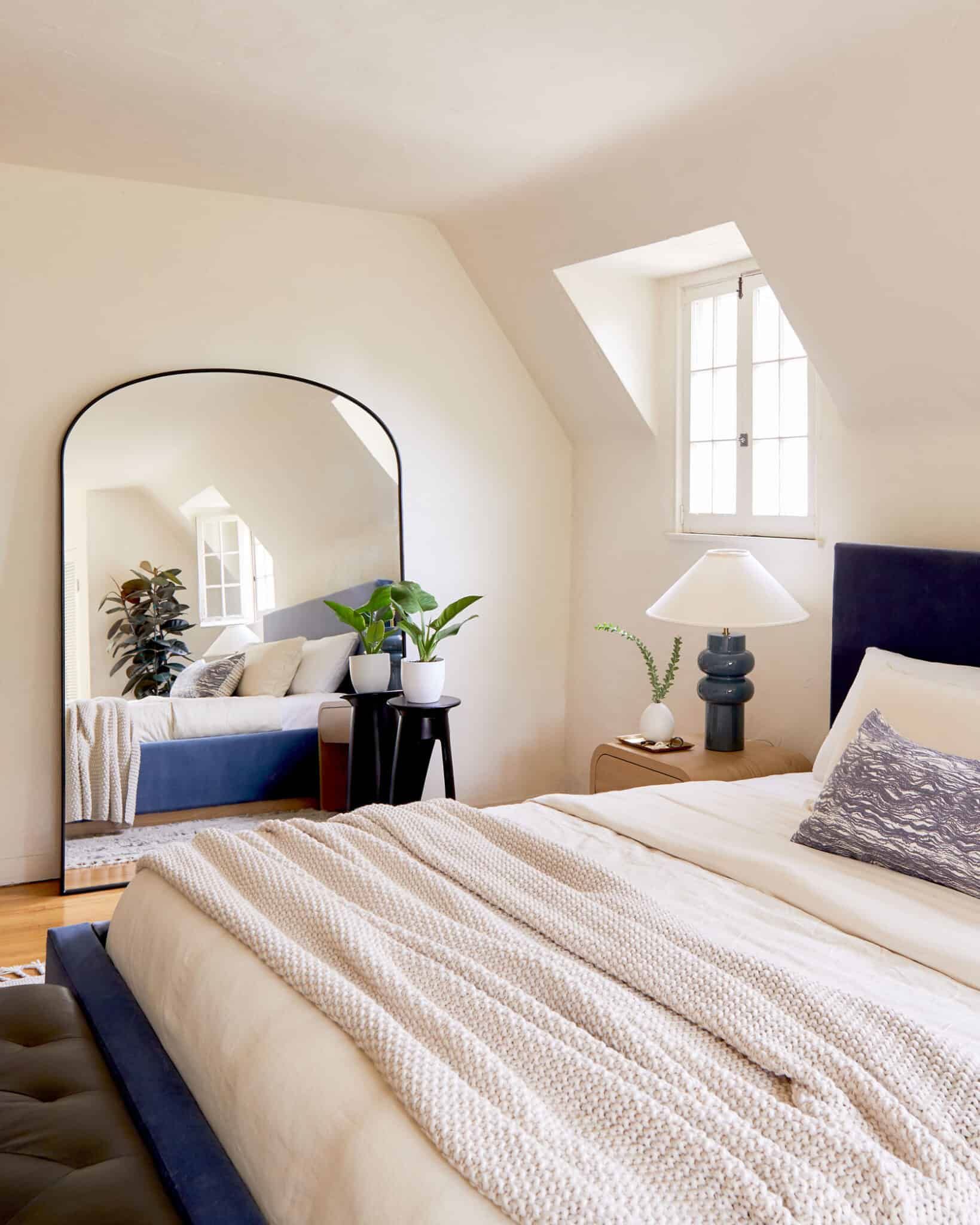
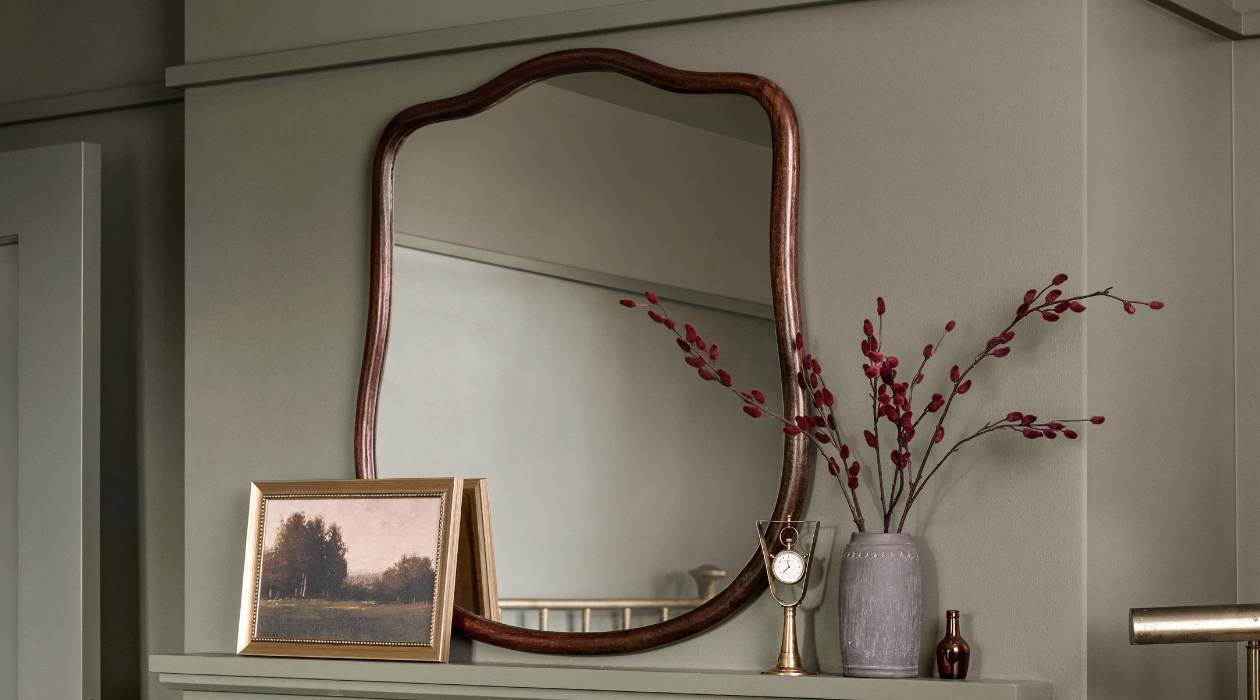
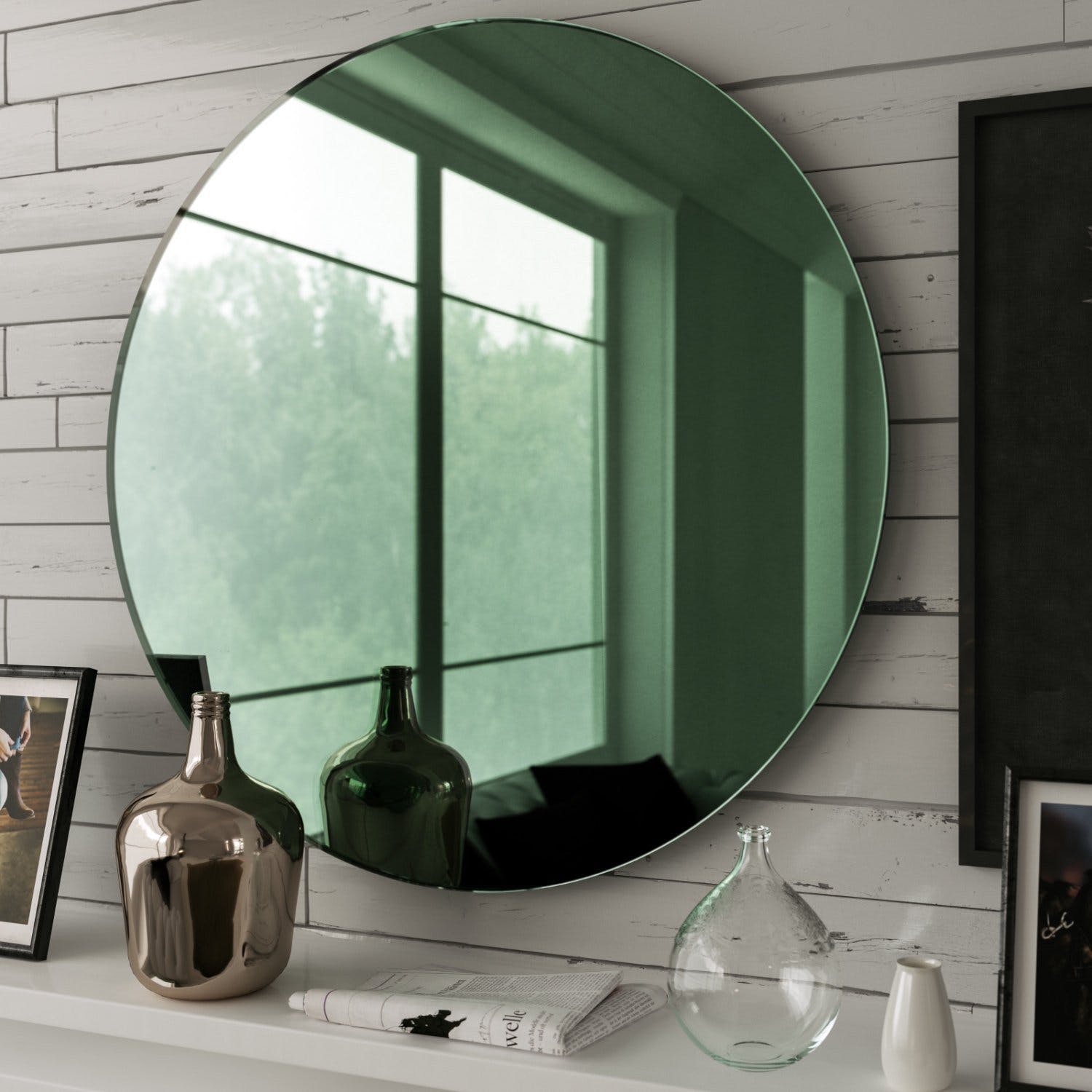

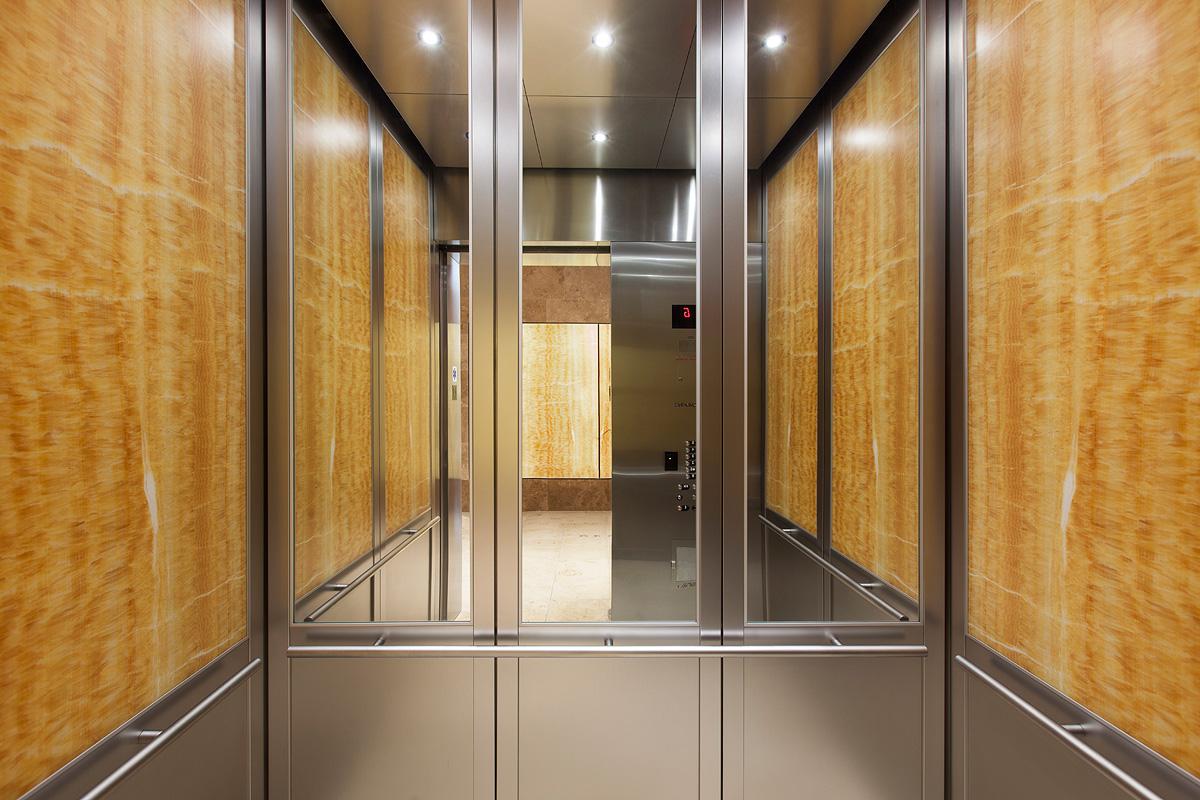
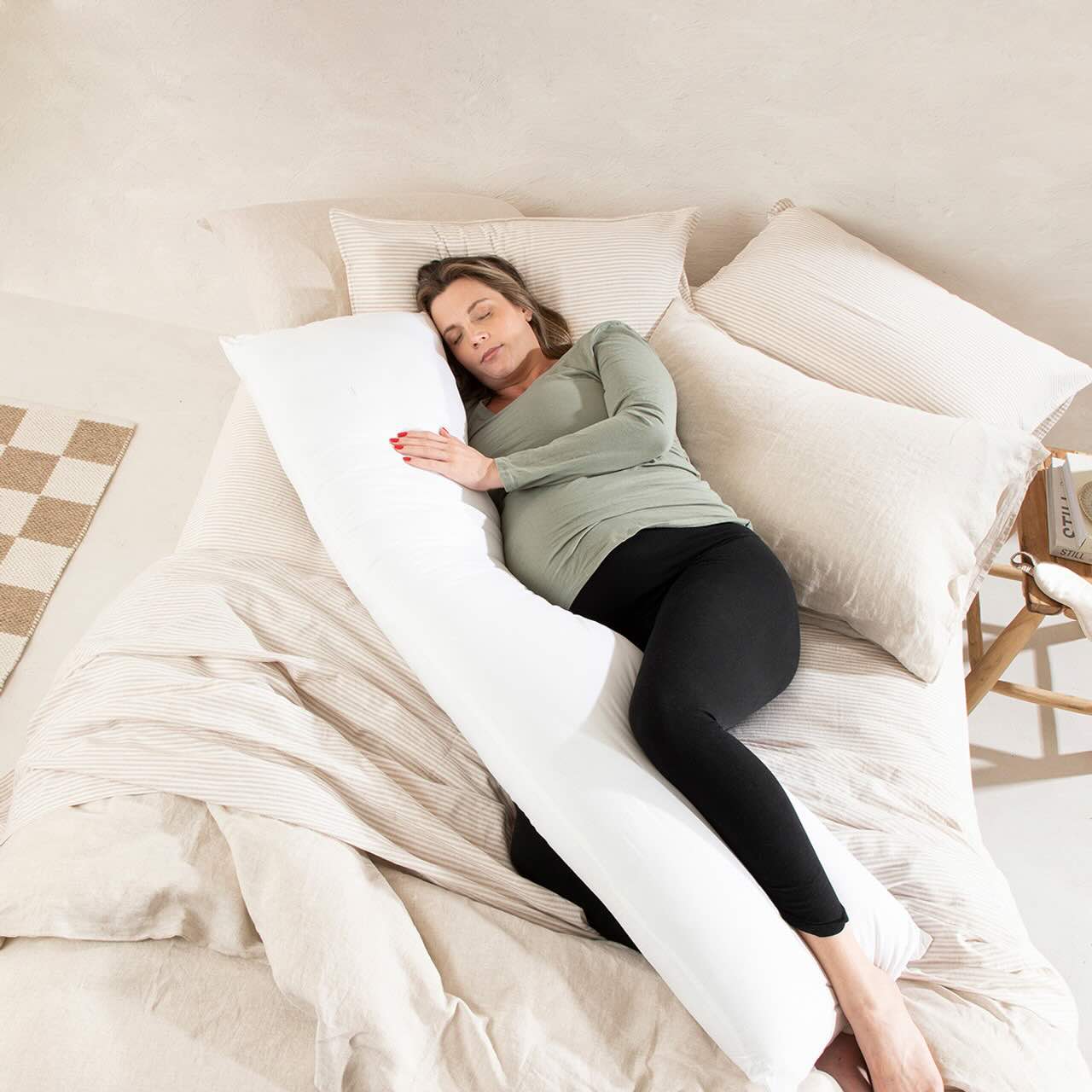
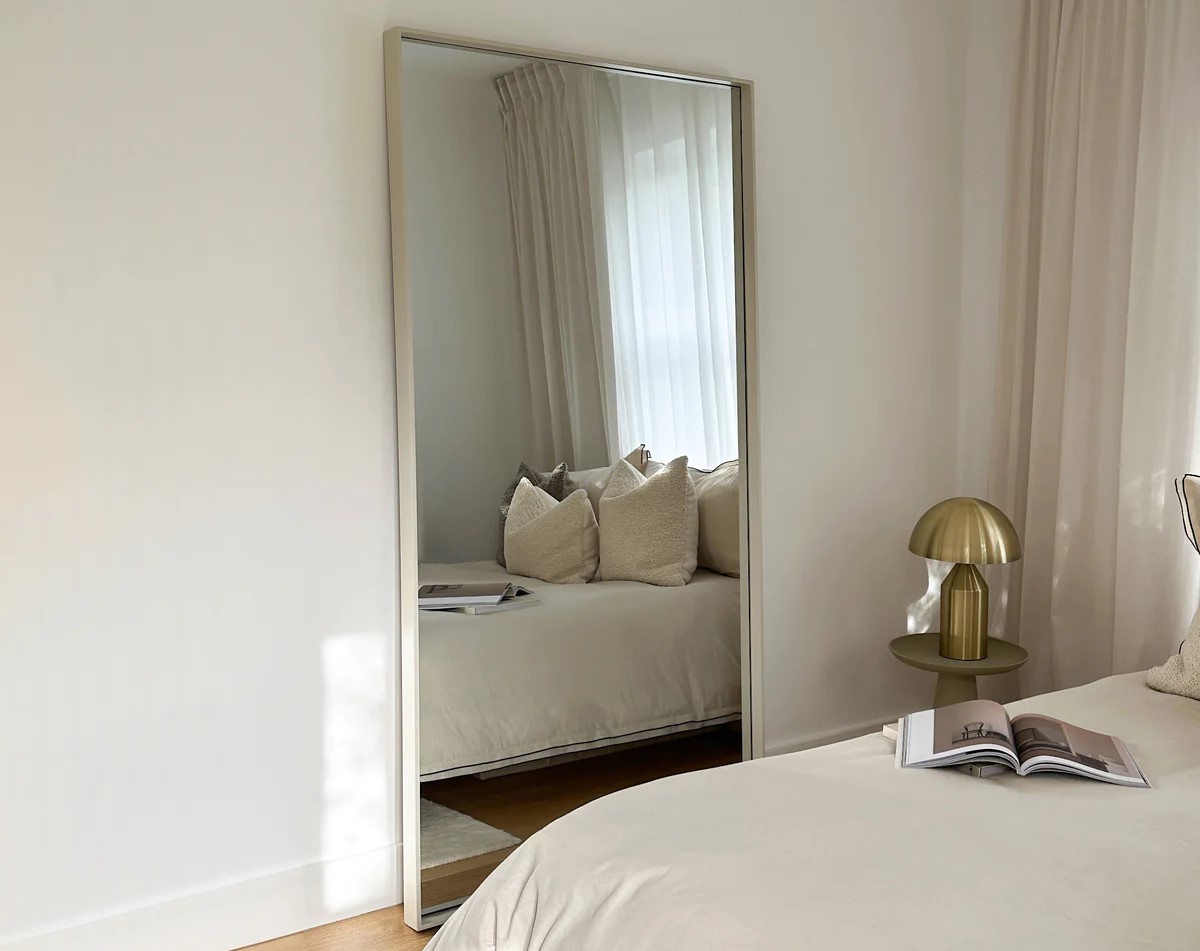
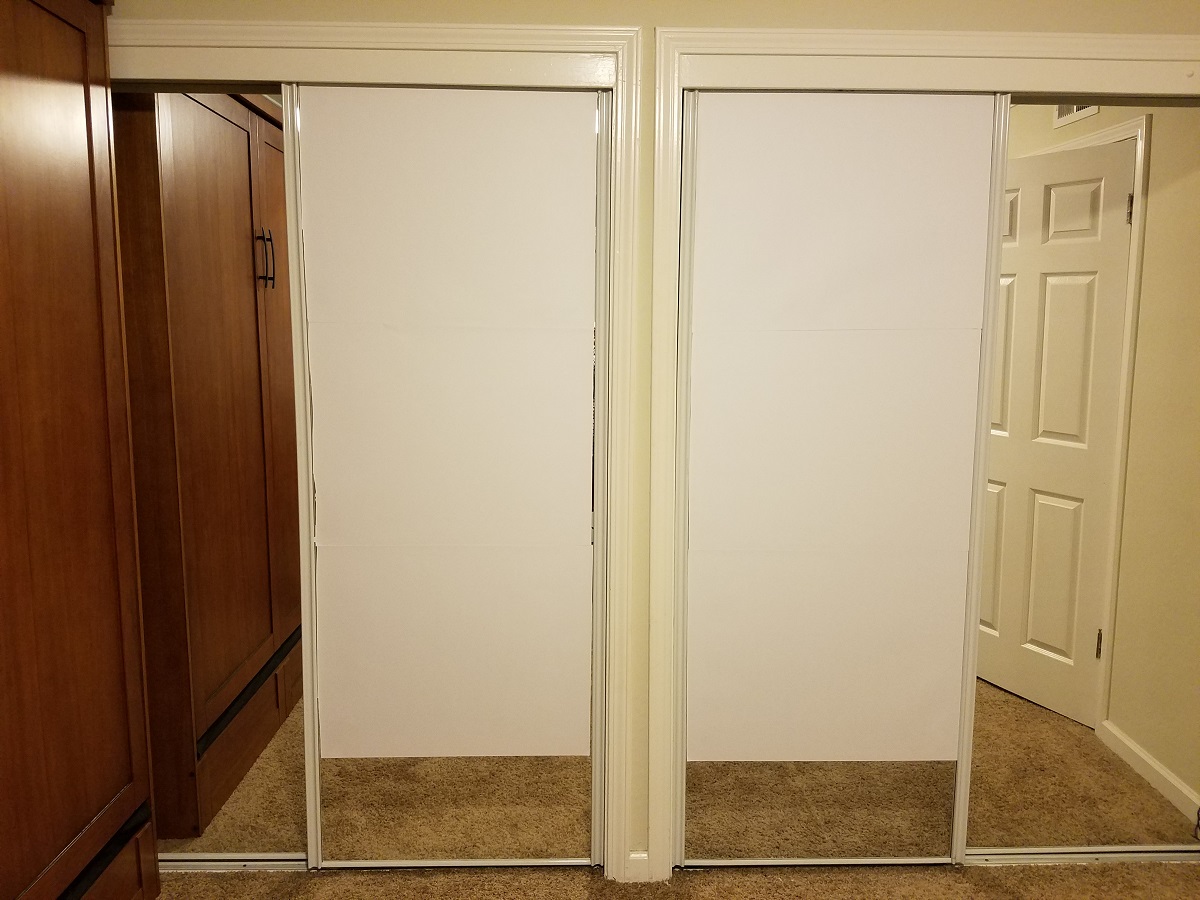
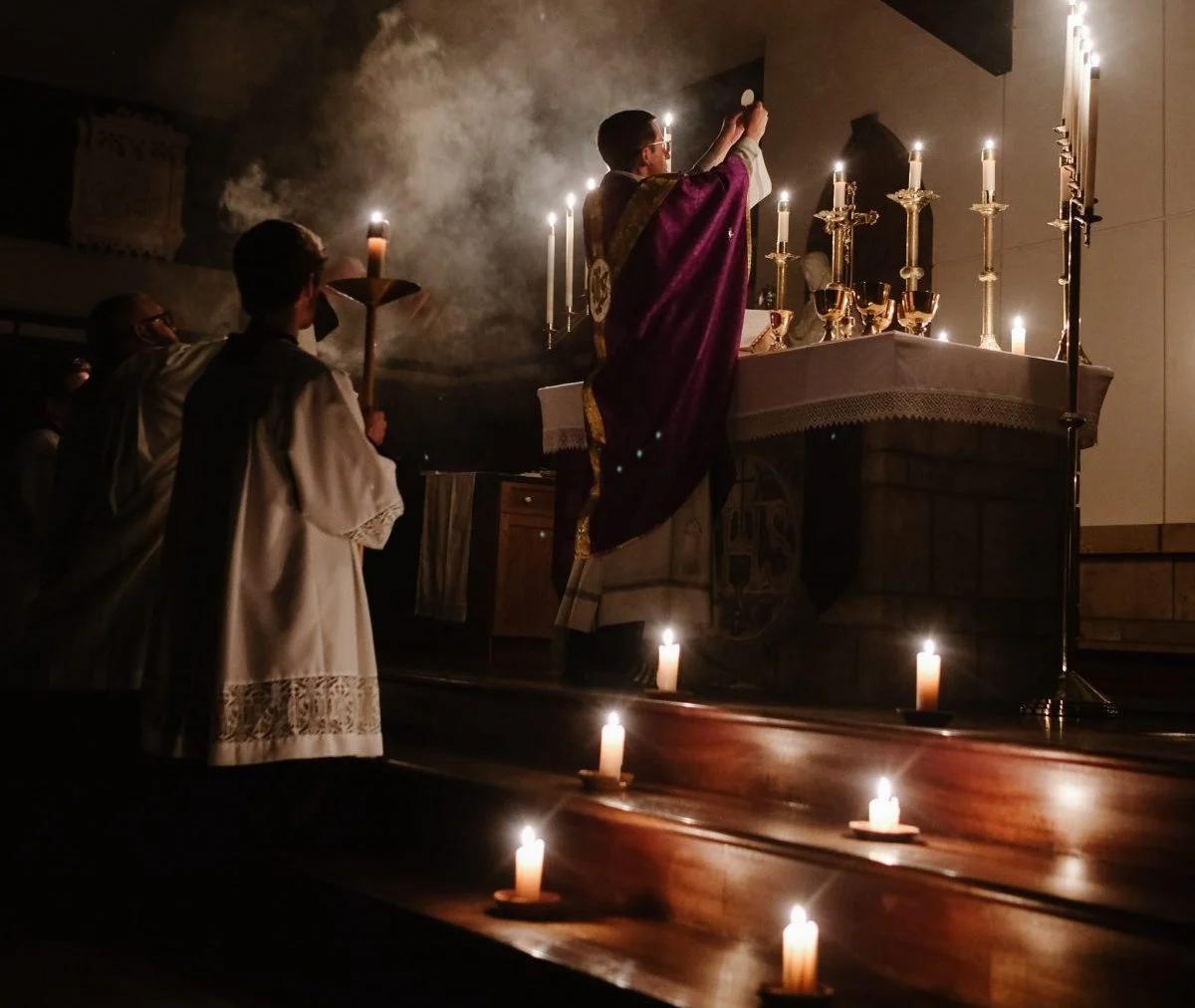
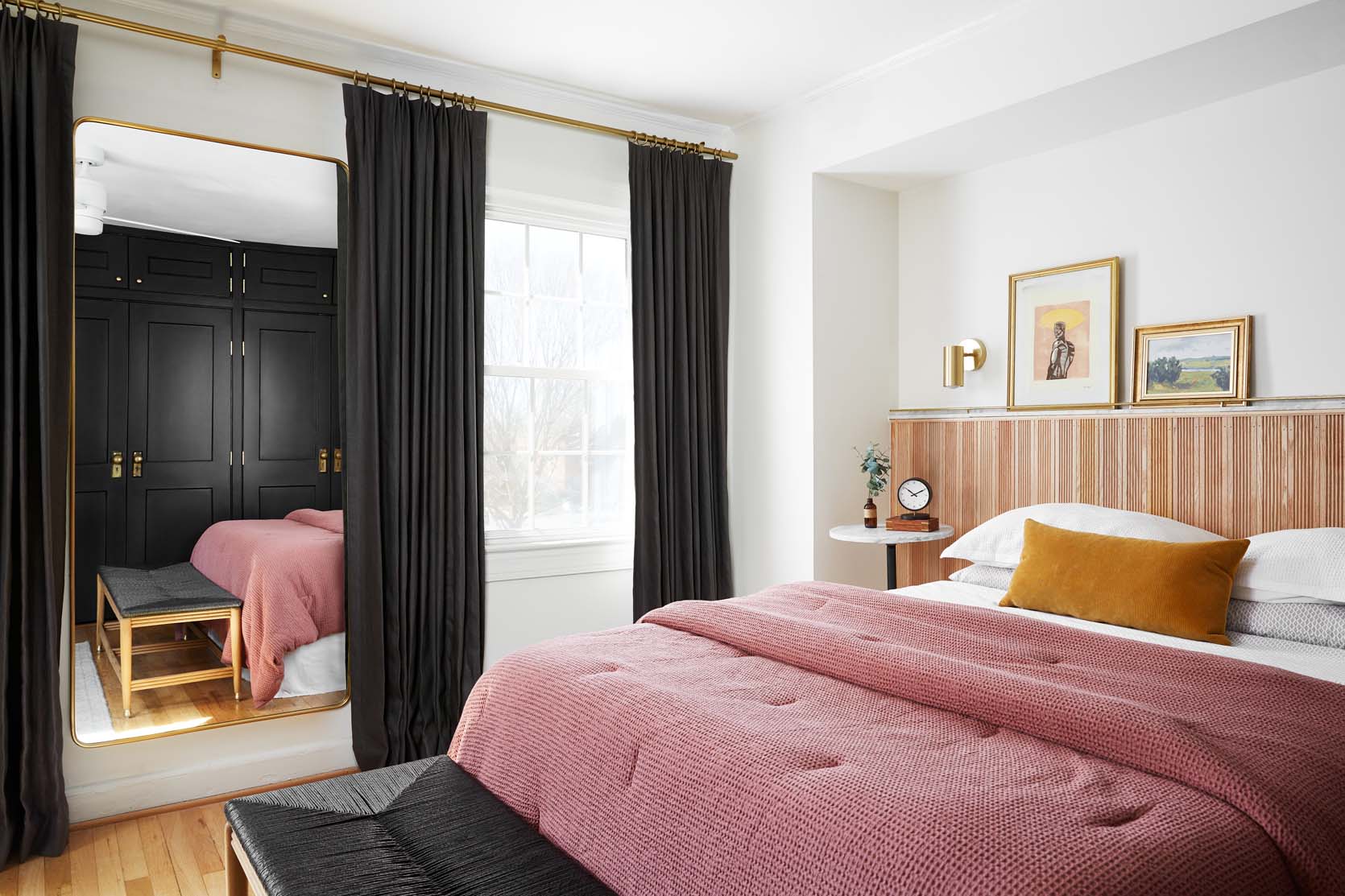

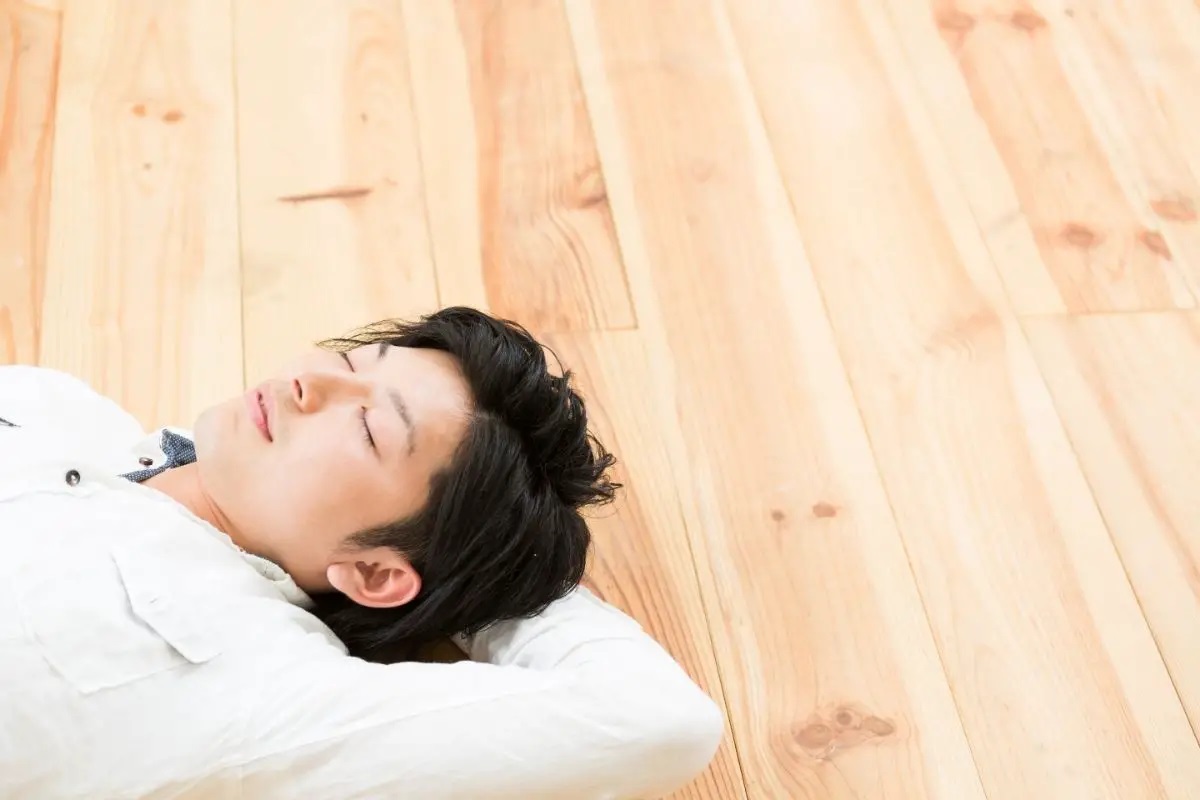
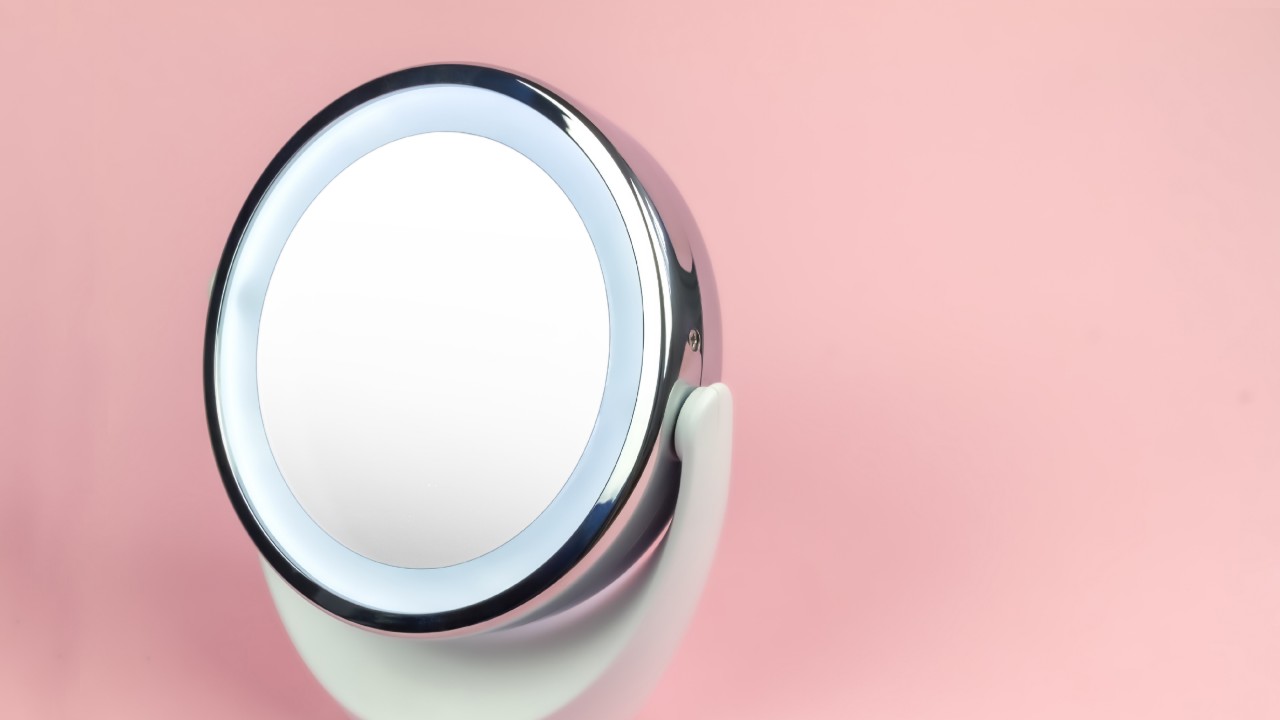

0 thoughts on “Why Are People Covering Their Bedroom Mirrors Overnight?”